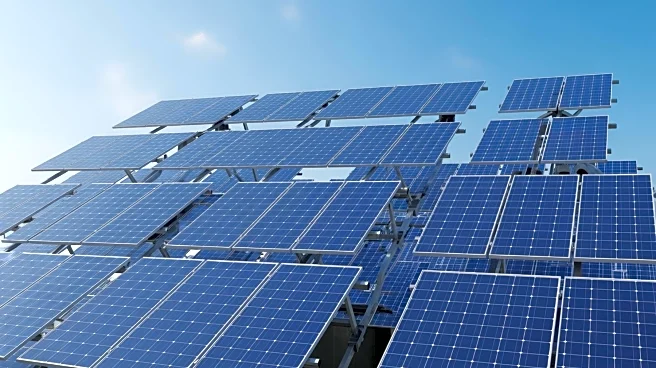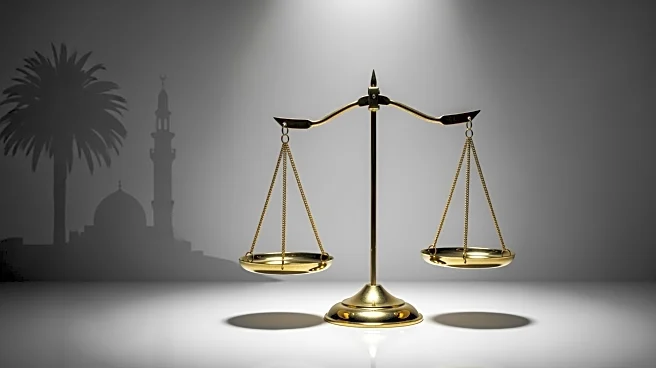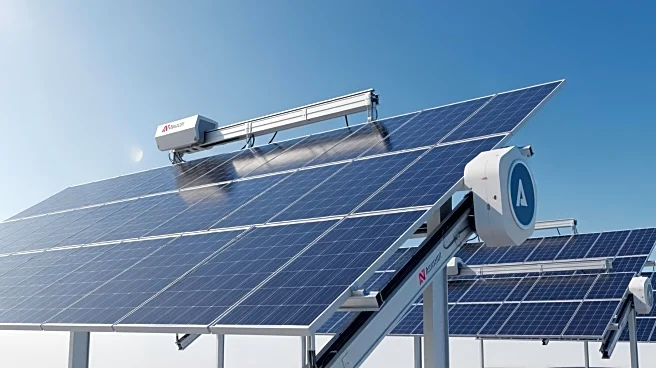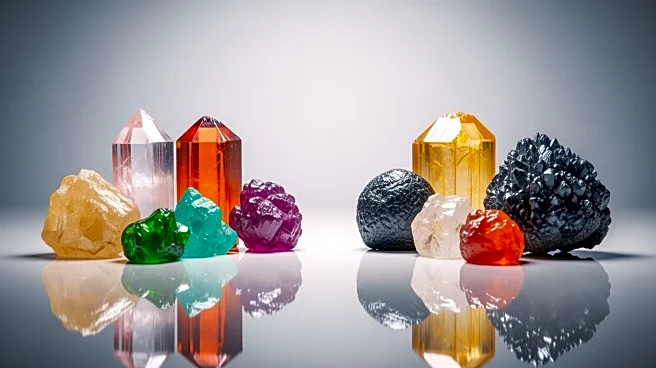What's Happening?
Mining executives have expressed enthusiasm over the increasing interest from Middle Eastern investors in rare earth minerals. Gulf states, including Saudi Arabia and the UAE, are actively seeking to expand their presence in the critical minerals market,
which is essential for the energy transition. Despite the region's lack of local discoveries, these countries aim to participate in the downstream processes of rare earths. This interest was highlighted during the Future Investment Initiative in Riyadh, where discussions focused on diversifying economies and exploring new growth frontiers.
Why It's Important?
The Middle East's growing interest in rare earths signifies a strategic shift as Gulf states aim to diversify their economies beyond oil and gas. By investing in critical minerals, these countries could reduce their reliance on traditional energy sources and position themselves as key players in the global supply chain. This move could alter the dynamics of global mineral markets, potentially reducing Western dependence on China, which currently dominates the rare earths supply chain. The involvement of Gulf states could lead to new partnerships and investments, impacting industries reliant on these materials.
What's Next?
As Gulf states continue to pursue their ambitions in the critical minerals sector, further acquisitions and international partnerships are expected. These efforts may lead to increased collaboration with Western nations seeking alternative sources for rare earths. The ongoing discussions at the Future Investment Initiative could result in concrete plans and agreements, shaping the future of the global minerals market. Stakeholders in the mining industry will likely monitor these developments closely, assessing potential impacts on supply chains and market dynamics.
Beyond the Headlines
The Middle East's interest in rare earths could have broader implications for geopolitical relations, as countries navigate the balance between energy independence and strategic partnerships. This shift may also influence environmental policies, as the region explores sustainable practices in mineral extraction and processing. Additionally, the focus on critical minerals aligns with global efforts to transition to cleaner energy sources, highlighting the interconnectedness of economic diversification and environmental sustainability.













